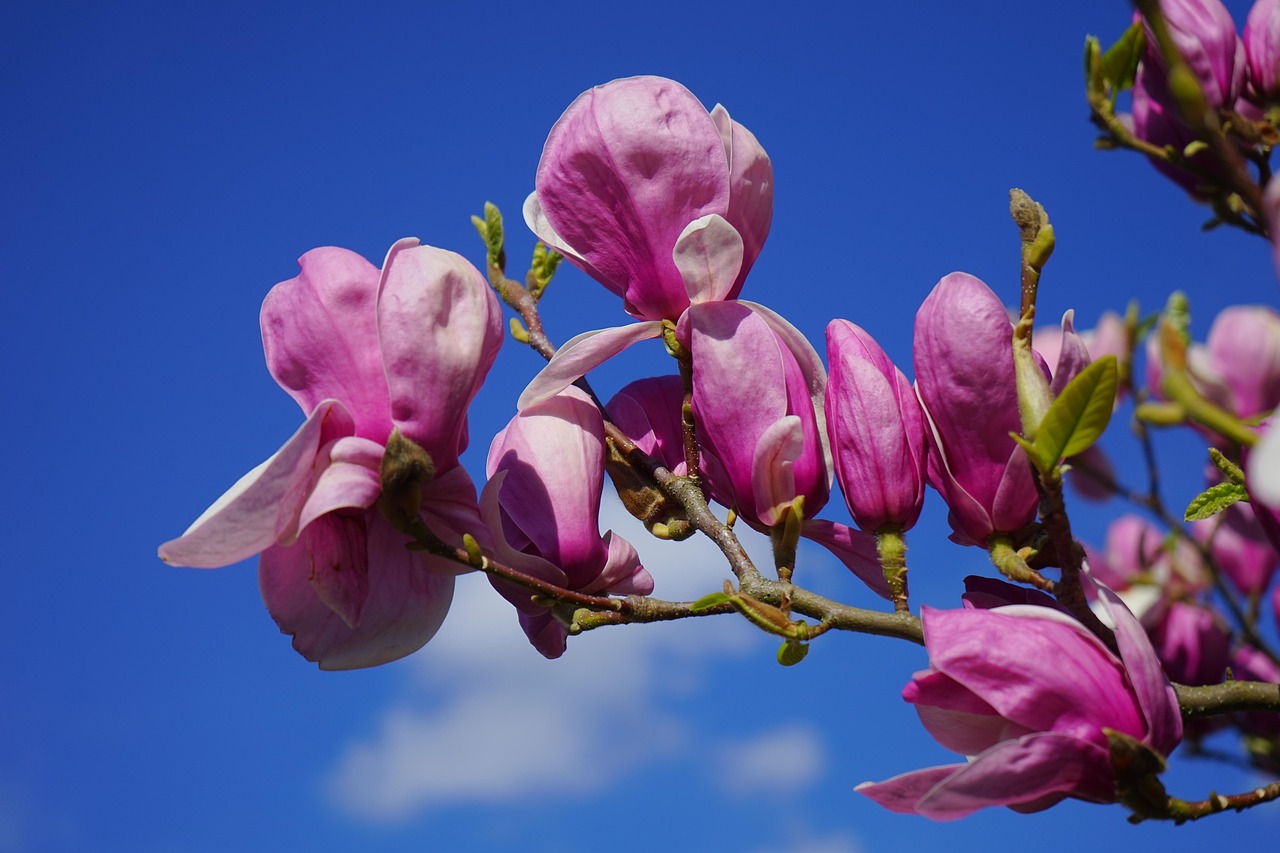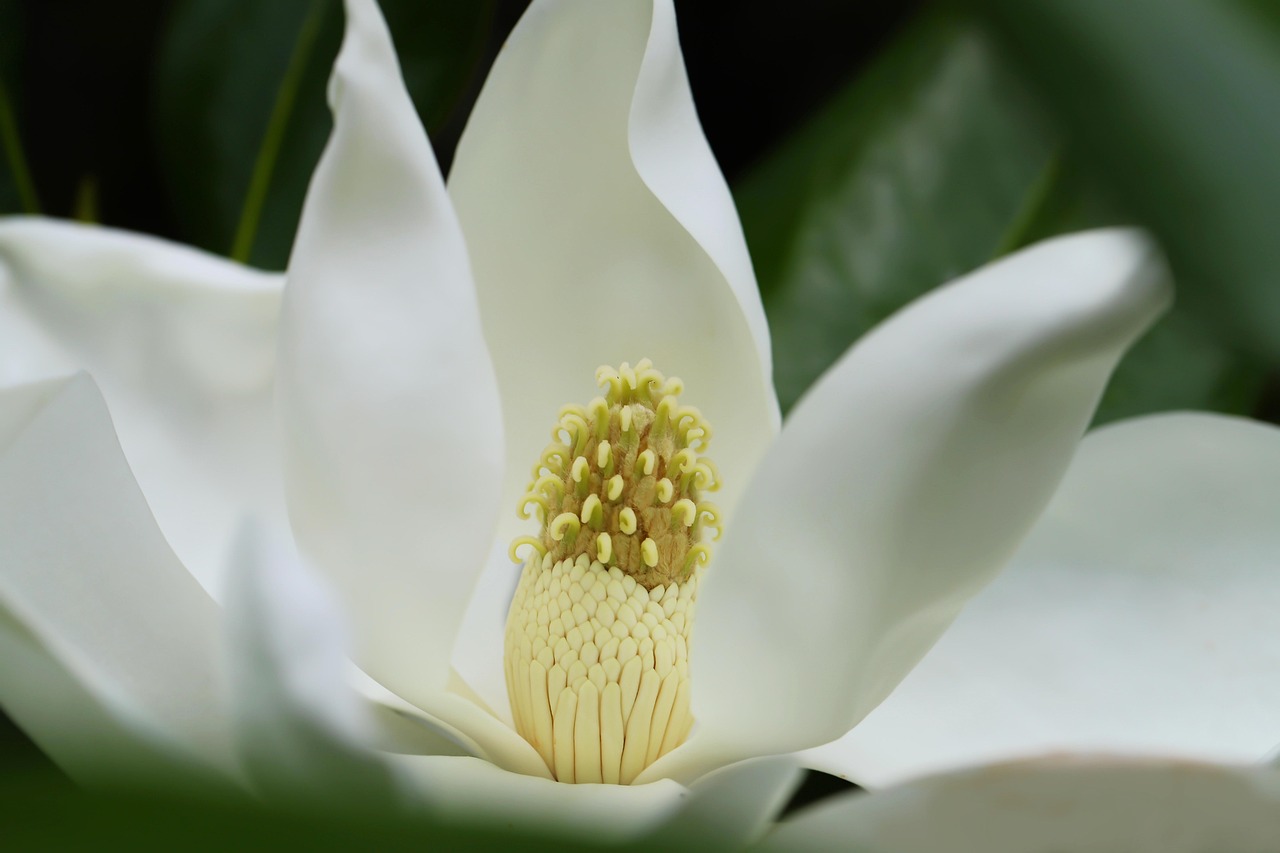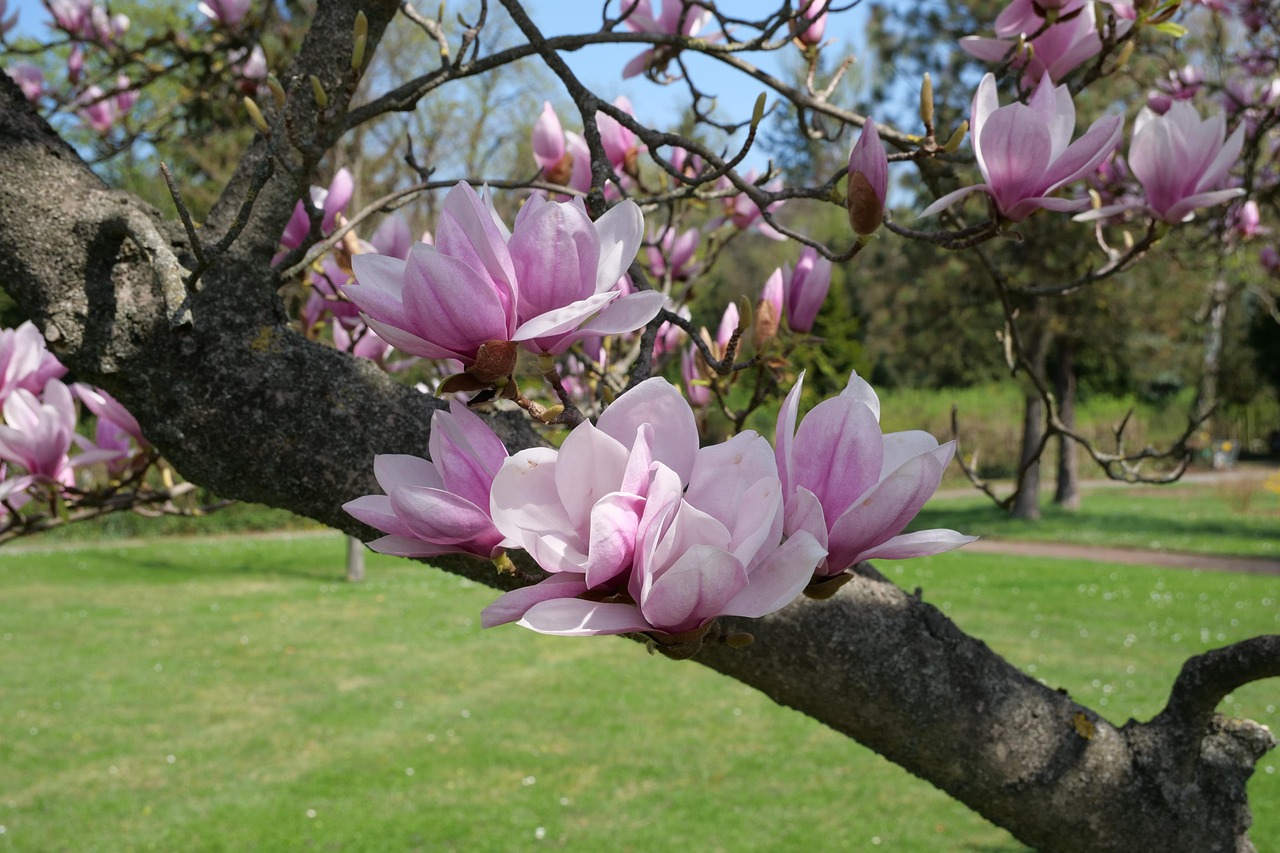Magnolia tree wood is not the best choice for burning due to its high moisture content and lower heat output compared to other hardwoods. However, it can be used for kindling or in a mixed firewood setup, providing a pleasant aroma when burned.
Understanding Magnolia Wood

Magnolia trees are known for their beautiful flowers and lush foliage. These trees belong to the Magnoliaceae family, which includes over 200 species found throughout the world. While many people appreciate magnolias for their ornamental value, the wood they produce also has practical uses.
Magnolia wood is considered a hardwood. However, it is softer than many other hardwoods like oak or hickory. This characteristic influences its burning properties. When discussing firewood, it is essential to consider not just the type of wood but also its moisture content, density, and overall burning characteristics.
Characteristics of Magnolia Wood
Several factors determine whether a type of wood is suitable for burning. Below are some characteristics of magnolia wood that are relevant for those considering it for firewood:
- Density: Magnolia wood is moderately dense. This means it does not burn as long or as hot as denser hardwoods.
- Moisture Content: Freshly cut magnolia wood can retain a high moisture content, which can lead to inefficient burning.
- Aroma: When burned, magnolia wood emits a pleasant, sweet aroma that can enhance the experience of a fire.
- Appearance: The wood typically has a light to medium brown color with a fine, straight grain.
Burning Properties of Magnolia Wood
When considering magnolia wood for burning, it is crucial to understand its burning properties. Compared to other woods, magnolia has both advantages and disadvantages.
| Property | Magnolia Wood | Other Hardwoods |
|---|---|---|
| Heat Output | Moderate | High |
| Burn Time | Shorter | Longer |
| Smoke Production | Moderate | Variable |
| Aroma | Pleasant | Depends on type |
The moderate heat output means that while magnolia wood can provide warmth, it may not be ideal for long-term heating needs. For those who desire a quick fire or enjoy the aroma of burning magnolia, it can be a suitable option.
Practical Uses of Magnolia Wood
Aside from burning, magnolia wood has several other practical uses. Its fine grain and attractive appearance make it suitable for various woodworking projects.
- Furniture Making: Magnolia wood is often used in crafting furniture due to its durability and aesthetic appeal.
- Cabinetry: Many artisans utilize magnolia for cabinets and other storage solutions.
- Woodturning: This wood is favored by woodturners for creating bowls and decorative items.
- Musical Instruments: Some manufacturers use magnolia in crafting parts of musical instruments because of its tonal qualities.
The versatile nature of magnolia wood allows it to be both functional and beautiful in many applications. While it may not be the first choice for firewood, its other uses highlight its value in woodworking and craftsmanship.
This overview sets the stage for further exploration into whether magnolia tree wood is suitable for burning in various contexts and how to maximize its use in practical applications.
Considerations for Burning Magnolia Wood
When deciding whether to use magnolia wood for burning, several factors come into play. These include the type of fire, the desired heat output, and environmental considerations. Understanding these elements can help you make an informed choice when it comes to using magnolia wood as firewood.
Fire Types and Their Requirements
Different types of fires have varying requirements regarding the wood used for burning. Here are some common fire types and how magnolia wood fits into each:
- Campfires: For a casual outdoor gathering, magnolia wood can provide a pleasant aroma and warmth. However, it may not burn as long as denser woods, requiring more frequent replenishing.
- Indoor Fireplaces: When used in indoor fireplaces, it’s crucial to ensure the wood is well-seasoned to reduce smoke and creosote buildup. Magnolia can work, but it is not as efficient as other hardwoods.
- Wood Stoves: Magnolia wood may not be the best choice for wood stoves due to its lower heat output and shorter burn time. It can be used in combination with harder woods for better efficiency.
Seasoning Magnolia Wood
To maximize the burning efficiency of magnolia wood, proper seasoning is essential. Seasoning refers to the process of drying out the wood to reduce its moisture content. Here are key points on how to effectively season magnolia wood:
- Cutting: After harvesting, cut the wood into manageable sizes. Smaller pieces dry faster than larger logs.
- Storage: Store the wood in a dry, well-ventilated area, elevated off the ground. This helps prevent moisture absorption from the soil.
- Time: Allow the wood to season for at least 6 months to a year. The longer it dries, the better it will burn.
- Moisture Check: Use a moisture meter to confirm that the wood has reached a safe moisture level of around 20% or lower before burning.
Environmental Considerations
Burning wood releases carbon dioxide and other pollutants into the atmosphere. Therefore, it is crucial to consider the environmental impact of burning magnolia wood. Here are some points to keep in mind:
- Sustainability: Ensure that the magnolia wood you use comes from sustainable sources. Avoid cutting down healthy trees unnecessarily.
- Air Quality: Burning wet or unseasoned wood increases smoke production and contributes to air pollution. Always aim for well-seasoned wood to minimize emissions.
- Alternative Uses: If possible, consider other uses for magnolia wood instead of burning it. Its aesthetics make it suitable for furniture and crafts, which can have a longer-lasting value.
Benefits of Using Magnolia Wood
Despite some of its limitations, magnolia wood offers several benefits when used for burning or other applications. Here are some noteworthy advantages:
- Aromatic Qualities: One of the most appealing aspects of burning magnolia wood is its pleasant fragrance. This aromatic quality can enhance any gathering or indoor setting.
- Low Cost: In some areas, magnolia trees are abundant. This can make obtaining magnolia wood more affordable compared to rare hardwoods.
- Lightweight: Magnolia wood is relatively lightweight compared to denser hardwoods, making it easier to handle and transport.
Challenges When Burning Magnolia Wood
While there are benefits, some challenges come with using magnolia wood for burning. Understanding these challenges can help you prepare better:
- Shorter Burn Time: Due to its lower density, magnolia wood may require more frequent additions to maintain a steady fire.
- Sparking: Some users report that magnolia can produce sparks when burned, which could be a concern in indoor settings or near flammable materials.
- Mildew Risk: If not properly seasoned or stored, magnolia wood can develop mildew or mold, which can affect air quality when burned.
Understanding these challenges allows users to take precautions and make informed decisions regarding their use of magnolia wood for burning. Proper handling and preparation can mitigate many of these issues.
Alternatives to Magnolia Wood
If you find that magnolia wood does not meet your burning needs, several alternatives could offer better performance in terms of heat output and burn duration. Below are some popular alternatives:
- Oak: Known for its high density and excellent heat output, oak is a favorite among firewood users. It burns longer and produces minimal smoke.
- Hickory: Hickory is another dense hardwood that provides high heat and a pleasant aroma when burned.
- Pine: While softer than hardwoods, pine ignites easily and burns quickly, making it suitable for kindling or mixed fires.
- Maple: Maple wood is versatile and burns well, offering both good heat output and a sweet smell.
The choice of firewood ultimately depends on your specific needs and preferences. Whether you choose magnolia or another species, understanding each type’s advantages and disadvantages will lead to a more enjoyable burning experience.
2>How to Utilize Magnolia Wood Effectively Magnolia wood can serve multiple purposes beyond burning. Whether for crafting, woodworking, or other practical uses, understanding how to utilize this wood effectively can enhance its value. Below are some tips and methods for maximizing the use of magnolia wood. Magnolia wood is appreciated for its beautiful grain and light color. These characteristics make it suitable for various crafting projects. Here are some ideas for crafting with magnolia wood: Woodworkers often seek out magnolia for its workability and appealing finish. When planning woodworking projects, consider the following tips: >To ensure longevity and maintain the quality of products made from magnolia wood, proper care and maintenance are essential. Here are some maintenance tips: Beyond traditional uses, there are innovative ways to incorporate magnolia wood into various applications. Here are some creative ideas: When considering using magnolia wood, it’s essential to evaluate the financial implications. This includes costs associated with purchasing, crafting, and maintaining the wood products. The cost of magnolia wood can vary based on several factors: If you are skilled in woodworking or crafting, creating items from magnolia wood can present a profitable venture. Here are ways to maximize profitability: This approach not only helps in understanding the financial aspects but also encourages innovative thinking when it comes to utilizing magnolia wood effectively in various projects and applications. In addition to the previously mentioned applications, magnolia wood offers other uses that can be beneficial for individuals interested in crafting or woodworking. Understanding these additional applications can further enhance the value of this versatile wood. Magnolia wood and its components have been used in traditional medicine in various cultures. While burning the wood is common, other uses include: Another innovative application for magnolia wood is its use in charcoal production. Charcoal made from hardwoods like magnolia burns hotter than standard charcoal and is often used for grilling. The market for magnolia wood products is continually evolving. As consumers become more aware of sustainable and locally sourced materials, there are opportunities for artisans and craftsmen. If you are considering entering the market with magnolia wood products, consider these strategies: Connecting with other artisans or joining local crafting communities can open new avenues for collaboration and support. Consider these networking strategies: Magnolia wood is a unique material with various applications, from burning to crafting. While it may not be the foremost choice for firewood due to its lower heat output, it excels in areas such as woodworking, crafting, and even medicinal uses. Its pleasant aroma when burned and beautiful grain make it a desirable option for various projects. The versatility of magnolia wood allows it to serve multiple purposes, enhancing both functional and aesthetic aspects of different items. By understanding its characteristics and potential uses, individuals can maximize the value of this wood in their crafts and projects. Furthermore, as the market shifts towards sustainability and local sourcing, the demand for magnolia wood products may increase. Crafting unique items from this material not only showcases creativity but also contributes to environmental consciousness. In conclusion, whether you are considering using magnolia wood for burning, woodworking, or other creative applications, it offers a wealth of opportunities. With proper care, innovative thinking, and an appreciation for its unique qualities, magnolia wood can be a valuable addition to any artisan’s toolkit.
Crafting with Magnolia Wood
Woodworking Projects with Magnolia
Maintaining Magnolia Wood Products

Innovative Uses for Magnolia Wood
The Financial Aspect of Magnolia Wood Usage
Cost Considerations
POTENTIAL FOR PROFIT
Additional Uses and Benefits of Magnolia Wood

Creating Natural Remedies
Using Magnolia Wood for Charcoal Production
Exploring the Market for Magnolia Wood Products
Building a Brand with Magnolia Products
Networking with Other Artisans
Final Thoughts
